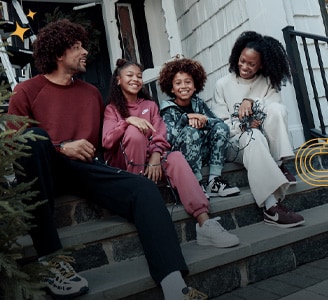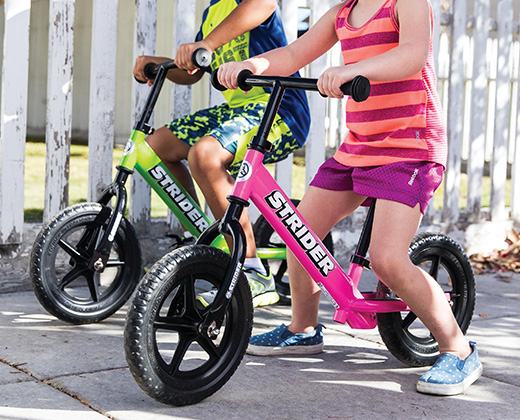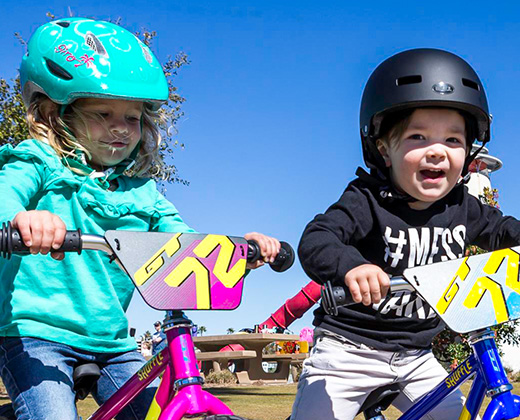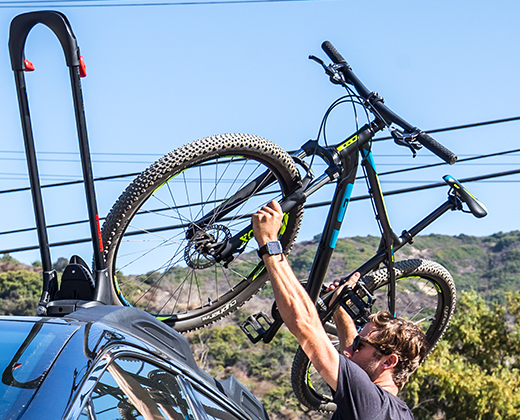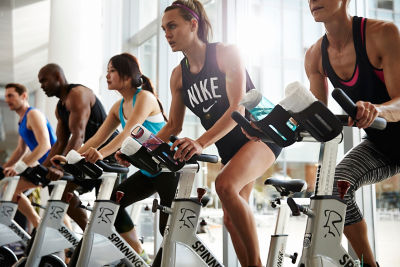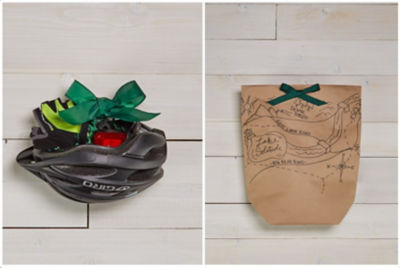Kids' Bike Sizing Chart
Getting your little one ready to ride? Use this simple kids’ bike size chart to help make the right choice.
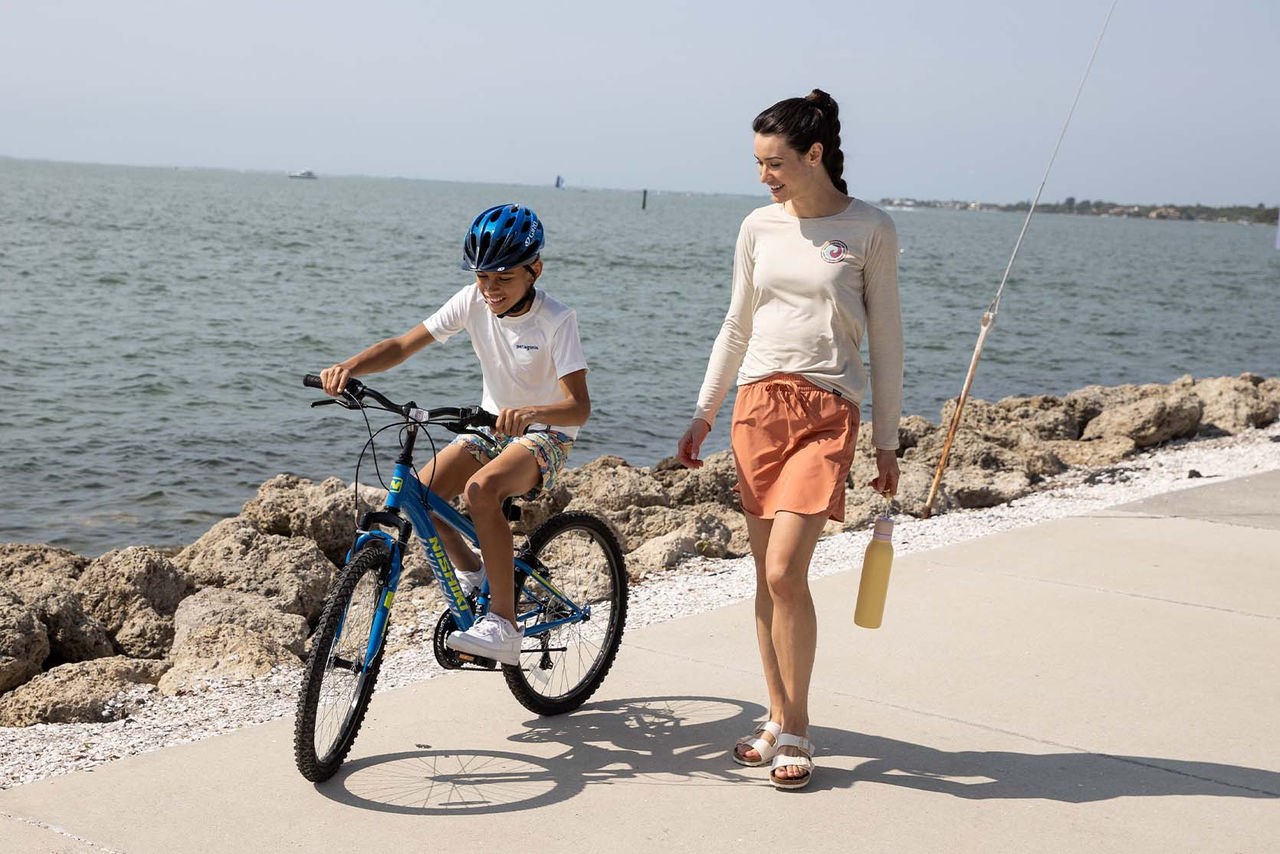
Learning how to ride a bike can be a significant milestone in a kid's life. But before you lock in the training wheels and strap on their helmet, you need to find the right sized bike for their stage in life. Bikes that are too large or too small can be difficult to control and maneuver, which can make learning how to enjoy bike riding far more challenging. Therefore, understanding what size bike to purchase can be crucial to a child’s experience. Get a handle on the ins and outs of children’s bike sizing with this guide.
What Size Bike Does My Kid Need?
So, how do you know what size bike to get your child? Unlike adult sizing, where the bike frame determines size, in kids’ bikes the wheels set the proportions. Bike wheels start small with one-size balance bikes for toddlers. Meanwhile, wheels that are 24 inches in diameter are considered the last step before moving up to adult models.
Below is a bike size chart categorized by height, age and wheel size. The chart answers questions from “What is the right size bike for an 8-year-old" to “What age should use a 20-inch bike?” However, it’s important to keep in mind that a test ride is the best way to get the most accurate fit.
Kids' Bike Size Chart
Height Range | 28" - 38" | 36" - 40" | 38" - 48" | 42" - 52" | 48" - 60" | 56" - 66" |
Age Group | 1 - 4 | 3 - 4 | 3 - 7 | 5 - 9 | 7 - 13 | 10 - 15 |
Wheel Size | 12" | 14" | 16" | 18" | 20" | 24" |
*Sizing chart provided by Schwinn Bikes.
As you can see, both age and height are important considerations. The best size bike for a 4-year-old is either a 12-inch or 14-inch wheel. Similarly, the right size bike for a 5-year-old could range from a 16-inch to 18-inch wheel.
Keep in mind that the height of your child can make a difference in what size bike you choose. For example, a child who is 7 years old but closer to 50 inches tall may do better with an 20-inch wheel, rather than an 18-inch wheel.
Most 8- and 9-year-olds will fit on a 20-inch wheel bike. Meanwhile, a 10-year-old (or older) will likely fit on the 24-inch size. Keep in mind that if your 10-year-old is smaller, they may still be more comfortable with a 20-inch bike wheel.
Take the Bike for a Test Ride
While height charts are a good starting point, a test ride can be a great aid in choosing the right size bike for your child. To help ensure a comfortable fit, here are a few key things to watch out for when putting a bike to the test:
Take a Seat
When your child is sitting on the seat of the bike, the balls of their feet should comfortably touch the ground. If not, the seat height is too high, which could make stopping more difficult.
Level the Pedals
While pedaling, there are two potential problems that could arise if the bike is the incorrect size. The first is your child’s knees bumping into the handlebars. This is a sign that the bike is too small. In contrast, if your child cannot pedal smoothly and looks to be hyperextending their legs, then the bike is too large.
Set the Bar
Standing up, your child should be able to straddle the bike’s middle bar with their feet flat on the ground. With a correctly sized bike, there should be 1" to 2" of clearance. If the bike has to be tilted to fit under your child’s legs, it is too large.
Handle with Care
Your child should be able to comfortably steer the handlebars while only slightly bending their arms. If they are overstretching, it can be another sign that the bike you’re looking at is too big.
Growing with Your Bike
It may be tempting to buy your child a bike that they can “grow into.” However, doing so is not advised. A bike that is difficult to maneuver could impact their confidence and make it harder for them to learn.
To account for small growth spurts, some bikes enable you to raise the seat and the handlebar stem for minor customizations in size. But be sure to check the limits on the owner’s manual of whatever bike you choose. If adjustments don’t solve problems with comfort and function, then it’s time to move up to the next size level or a different type of bike.
Kids' Bike Types
The right type of bike for your child will depend on their balance, size and riding experience. Learn more about the different types of kids' bicycles to find the right fit:
- Tricycles & Trikes are built with one front wheel and two back wheels for extra stability and are designed for young riders who are learning to pedal.
- Balance Bikes are two-wheeled bikes that do not have pedals. This type of bike is easy to maneuver and designed to help teach children how to balance by pushing along with their feet.
- Bikes with Training Wheels are standard bikes with an additional two wheels attached to the rear. Training wheels can help teach your child to pedal and ride without the fear of falling over, and are often removable, making it easy to move on to a standard pedal bike once your child is ready.
- Kids' Pedal Bikes are standard two-wheel bikes in kids' sizes. Different pedal bikes are designed for different riding conditions so be sure to choose a bike that's ready for all of your kids' adventures. Popular types of pedal bikes for kids include mountain bikes, cruiser bikes and BMX bikes.
Now that you know how to find the right bike size for your child, start shopping for their perfect bike and a kids' helmet for them to wear each time they ride. Looking for more advice about balance bikes and training wheels? Check out our Pro Tips guide to buying the right bike.

